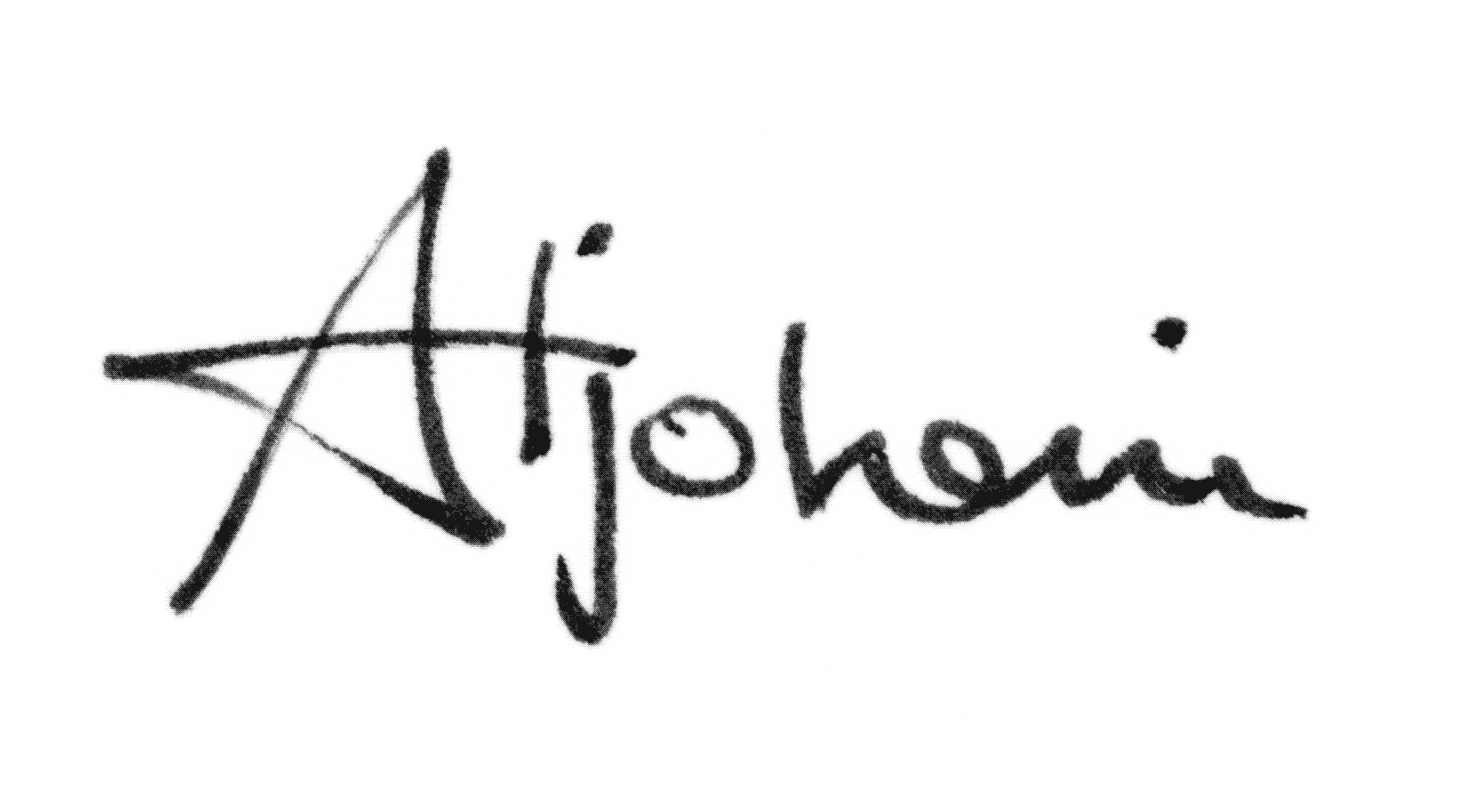Winsor McCay
- Aljoheri
- Feb 17, 2024
- 2 min read

Zenas Winsor McCay (c. 1866–1871 – July 26, 1934) was an American artist and animator known for his work on the comic strip Little Nemo (1905–14; 1924–26) and the animated film Gertie the Dinosaur. He used the pen name Silas for Dream of the Rarebit Fiend due to contractual obligations.
From a young age, McCay displayed artistic talent, creating posters and performing at dime museums professionally. By 1898, he had started illustrating for newspapers and magazines before joining The New York Herald in 1903. His notable works there included popular comic strips like Little Sammy Sneeze and Dream of the Rarebit Fiend. In 1905, he introduced his famous signature strip Little Nemo in Slumberland which showcased his strong grasp of graphic design, color usage, as well as linear perspective.
McCay was an innovator in animation from 1911 to 1921 independently financing ten films with some surviving only in fragments. The first three were incorporated into vaudeville performances with "Gertie the Dinosaur" featuring a unique interactive routine where McCay appeared to give commands to a trained dinosaur. While not achieving as much commercial success "The Sinking of the Lusitania", depicted patriotism's recreation involving twenty-two months of labor from McCay.
He employed bold linear perspective especially in intricate architecture cityscapes. This along with an abundant fine-hatching emphasis on color left a lasting impact. He also paved the way for various animation techniques such as industry standards including naturalism fluidity grand scale Additionally drawing influence came from paternal grandparents Donald & Christiana McKay who migrated from Scotland Robert McKay (mother Janet's third child out of nine siblings).
There is uncertainty surrounding McCay's birthdate, with conflicting information from various sources. Official records are not available and different accounts suggest different years of birth, ranging from 1866 to 1871. The family relocated to Stanton, Michigan in 1885 where they expanded their property holdings, and Robert achieved success in real estate ventures with his brother Hugh who arrived from Canada in 1887. In the early years, Winsor showed a passion for drawing but was initially discouraged by his father who sent him to Cleary Business College in Ypsilanti, Michigan instead of pursuing art education. Despite this, he gained recognition for his talent and received private art instruction focusing on practical skills and observational drawing techniques.
McCay lived in Chicago from 1889 to 1891, where he engaged in artistic exchanges with painter Jules Guérin and produced artwork for posters and pamphlets. After relocating to Cincinnati, he created promotional materials for various establishments and encountered Thomas Edison's Vitascope demonstration in 1896. McCay also worked part-time for the Cincinnati Commercial Tribune under Joseph Alexander's guidance before joining as a full-time staff member in 1898. He later moved on to The Cincinnati Enquirer, where he became head of the art department while developing his distinctive Art Nouveau-inspired style.
References
Winsor Mccay | Encyclopedia.com (2018). Available at: https://www.encyclopedia.com/people/philosophy-and-religion/biblical-proper-names-biographies/winsor-mccay.
Animation History: Winsor McCay and Gertie | Artograph (2014). Available at: https://www.artograph.com/infocus/winsormccay/.
Articles and Essays | Origins of American Animation | Digital Collections | Library of Congress (2015). Available at: https://www.loc.gov/collections/origins-of-american-animation/articles-and-essays.






























Comments